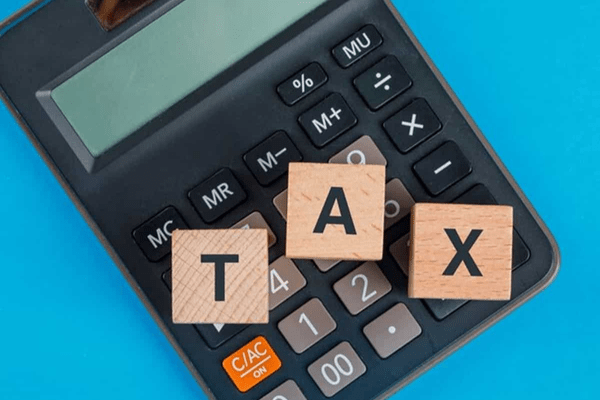Advance Pricing Agreements (APAs) signed by the Central Board of Direct Taxes (CBDT) have reached a record high for two consecutive years.
APAs by CBDT in Last 2 Years:
- In the fiscal year 2022-23, the CBDT signed 95 APAs, consisting of 63 unilateral and 32 bilateral agreements. This includes partnerships with countries such as Finland, the UK, the US, Denmark, Singapore, and Japan.
- For the fiscal year 2023-24, the numbers increased to 125 APAs, with 86 unilateral and 39 bilateral, marking the highest count since the program began in 2012.
About Advance Pricing Agreements (APAs):
- APAs are designed to establish transfer pricing methodologies for a taxpayer’s international transactions.
- This initiative was launched in India in 2012 as part of the Finance Act. It is regulated under Sections 92CC and 92CD of the Income-tax Act, 1961.
- The agreements help confirm the arm’s length price or the method for determining it for transactions between independently acting parties.
Types of Advance Pricing Agreements
- Unilateral APA: This agreement involves just the taxpayer and the tax authority from the taxpayer’s own country.
- Bilateral APA (BAPA): This type involves the taxpayer, an associated enterprise in a foreign country, and both their respective tax authorities.
- Multilateral APA (MAPA): This agreement includes the taxpayer, two or more associated enterprises in different countries, and multiple tax authorities.
Benefits of APAs
- Ease of Doing Business: APAs simplify and stabilize tax regulations for cross-border transactions.
- Resolving Transfer Pricing Disputes: These agreements complement Double Taxation Avoidance Agreements to reduce conflicts over transfer pricing.
- Predictable Tax Obligations: APAs provide certainty in tax liabilities for up to nine years, minimizing risks related to audits and disputes.
Ref:Source
| UPSC IAS Preparation Resources | |
| Current Affairs Analysis | Topperspedia |
| GS Shots | Simply Explained |
| Daily Flash Cards | Daily Quiz |


